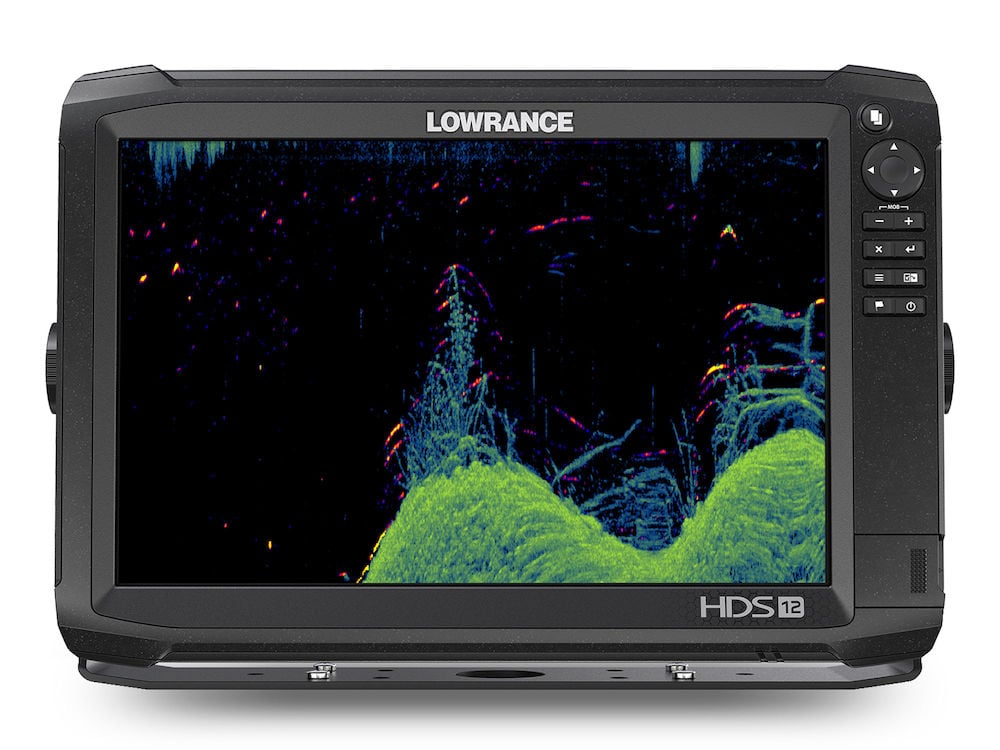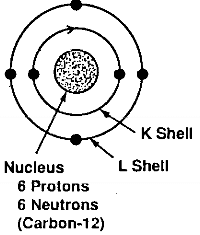


prior to attending an event you may want to reapply using our Intelligent Atomizer), and to stick to typical application when more toned down projection is appropriate (e.g. However, that doesn’t mean that by default an EDP will always last longer or project more than an EDT with different fragrance notes.Īs Carbon is a subtle fragrance, it is recommended to apply it more generously when you need greater projection and/or longevity (e.g. Most designer fragrances on the market are Eau de Toilette (EDT) concentration (5-15% perfume oil). EDP fragrances feature a high concentration of 15-20% perfume oil. Intelligent Carbon is an Eau de Parfum (EDP). This is not the type of fragrance to wear in a bar or club setting (our clubbing DNA fragrance(s) will be released later this year).Ĭarbon is almost certainly unlike anything your partner has smelled on a man before, and it sets itself apart from mainstream synthetic designer fragrance DNA’s. The projection is subtle and is not intended to cut through crowded environments. Whether you are on a date, at school, at a formal event, going grocery shopping, or even at the office, Carbon flawlessly straddles the line of being sophisticated, masculine, playful, mature, and sexy. This fragrance is suitable for essentially all environments and is widely appreciated despite featuring a unique profile. This fragrance is very versatile but excels best in close proximity on date nights. Intelligent Carbon provides a distinctive and timeless fragrance profile that will elicit compliments. It develops into a sophisticated and masculine base note fusion of leather, vanilla, amber and sugarcane. The scent transitions into a seductive combination of prominent woody notes in unison with nutmeg and saffron. All rights reserved.Carbon opens with fresh bergamot, grapefruit and a hint of sweetness. Phgdh Shmt T cell glycolysis immunometabolism immunotherapy metabolic reprogramming metabolism serine serine biosynthesis.Ĭopyright © 2017 Elsevier Inc. Our data implicate serine as a key immunometabolite that directly modulates adaptive immunity by controlling T cell proliferative capacity. Mechanistically, serine supplies glycine and one-carbon units for de novo nucleotide biosynthesis in proliferating T cells, and one-carbon units from formate can rescue T cells from serine deprivation. Restricting dietary serine impairs pathogen-driven expansion of T cells in vivo, without affecting overall immune cell homeostasis. We show that extracellular serine is required for optimal T cell expansion even in glucose concentrations sufficient to support T cell activation, bioenergetics, and effector function. Upon activation, T cells upregulate enzymes of the serine, glycine, one-carbon (SGOC) metabolic network, and rapidly increase processing of serine into one-carbon metabolism. Carbon-12 is the most abundant isotope, making up.
Carbon 12.011 how to#
How to determine probability The average mass of a carbon atom is 12.011 amu because it is a weighted average of the masses of the three naturally occurring isotopes of carbon: carbon-12, carbon-13, and carbon-14. Here we report a critical role for the non-essential amino acid serine in effector T cell responses. The chances of randomly picking up a carbon atom with a mass of 12.011 is 0.

Electronic address: immune challenge, T lymphocytes engage pathways of anabolic metabolism to support clonal expansion and the development of effector functions. 8 Goodman Cancer Research Centre, McGill University, Montreal, QC H3A 1A3, Canada Department of Physiology, McGill University, Montreal, QC H3G 1Y6, Canada. Upon activation, T cells upregulate enzymes of the serine, glycine, one-carbon (SGOC) metabolic network, and rapidly increase processing of serine into one-carbon metabolism.8 Goodman Cancer Research Centre, McGill University, Montreal, QC H3A 1A3, Canada Department of Physiology, McGill University, Montreal, QC H3G 1Y6, Canada.7 Goodman Cancer Research Centre, McGill University, Montreal, QC H3A 1A3, Canada Department of Physiology, McGill University, Montreal, QC H3G 1Y6, Canada Department of Microbiology and Immunology, McGill University, Montreal, QC H3G 1Y6, Canada.6 MRC Cancer Unit, University of Cambridge, Cambridge CB2 0XZ, UK.5 Raze Therapeutics, 400 Technology Square, 10th Floor, Cambridge, MA 02139, USA.4 Goodman Cancer Research Centre, McGill University, Montreal, QC H3A 1A3, Canada.3 Department of Microbiology and Immunology, McGill University, Montreal, QC H3G 1Y6, Canada Microbiome and Disease Tolerance Centre, McGill University, Montreal, QC H3G 1Y6, Canada.2 Department of Biomedicine, Immunobiology, University of Basel, 4031 Basel, Switzerland.1 Goodman Cancer Research Centre, McGill University, Montreal, QC H3A 1A3, Canada Department of Physiology, McGill University, Montreal, QC H3G 1Y6, Canada.


 0 kommentar(er)
0 kommentar(er)
